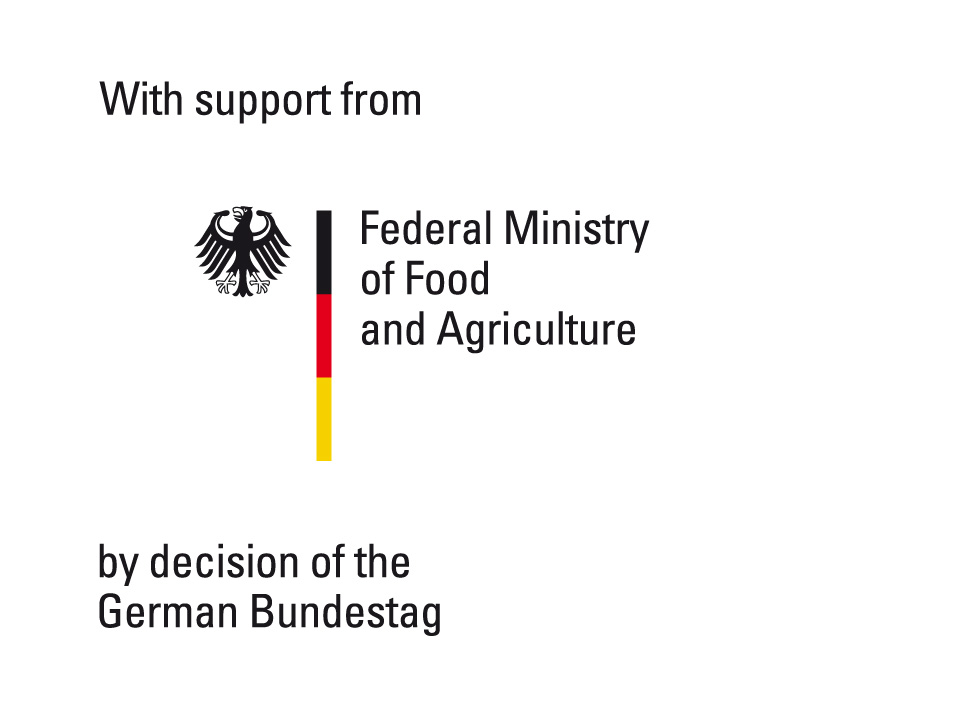Surfactants are used in detergents, cosmetics, and personal care products. Due to the increasing demand for biosurfactants, Fraunhofer IGB is working on optimizing their microbial production from sugars. Furthermore, methods for product recovery have been established that either use non‑toxic solvents or do not need organic solvents at all. This allows additional areas of application to be opened up.
SurfGlyco – Improved strategies for the biotechnological production of tailor-made biosurfactants
Surfactants are surface‑active molecules that are used in large quantities in numerous products. Market studies postulate a global annual consumption of up to 20 million tonnes by 2021. In the cosmetics and personal care market, in particular, consumer awareness of the use of biobased products has increased. Therefore, companies have already established chemically synthesized surfactants based on renewable raw materials. However, the rather unsustainable production of most of the oils needed for their manufacture requires alternatives, which have been investigated in the SurfGlyco project.
Fraunhofer IGB focused on the optimization of the microbial production of biosurfactants from sugars as the sole carbon source. After selecting microorganisms that synthesize so‑called cellobiose lipids (CL), the fermentation process was optimized and transferred to a bioreactor system to provide CL samples for application tests conducted by the project partners. Beyond that, we established methods for product recovery that either use non‑toxic solvents such as ethanol or do not use organic solvents at all. Our partners have made progress in using CLs in indicative prototype formulations.
The work opens up the possibility of using CLs as multifunctional additives in cosmetic or personal care products. This is due to their ability to disperse lipophilic and hydrophilic substances in oil and water. Furthermore, the CLs showed potential as emulsion stabilizer and thickener. This points to future broad applicability in formulations of various kinds.
Project information
Project title
SurfGlyco – Improved strategies for the biotechnological production of tailor-made biosurfactants
Project duration
May 2016 – April 2019
Project partners
- Fraunhofer Institute for Interfacial Engineering and Biotechnology IGB, Stuttgart (Coordination)
- Institute of Technology KIT, Karlsruhe
- Biotrend SA, Cantanhede, Portugal
- CRODA Europe Ltd, Widnes, England
Funding
We would like to thank the German Federal Ministry of Food and Agriculture (BMEL) and the Agency for Renewable Resources (FNR) for funding the project "SurfGlyco", announcementprogram ERA-IB 6th joint call, promotional reference 22030715.

 Fraunhofer Institute for Interfacial Engineering and Biotechnology IGB
Fraunhofer Institute for Interfacial Engineering and Biotechnology IGB